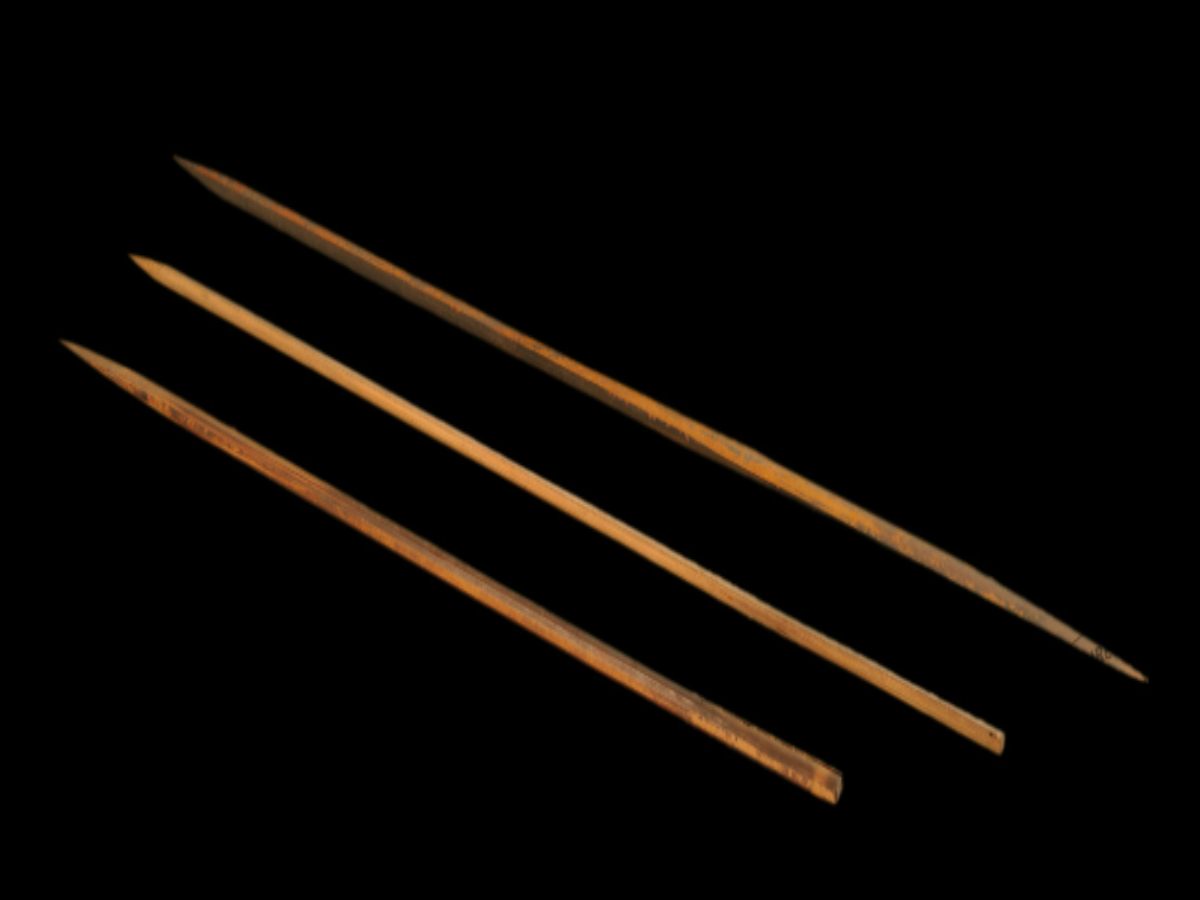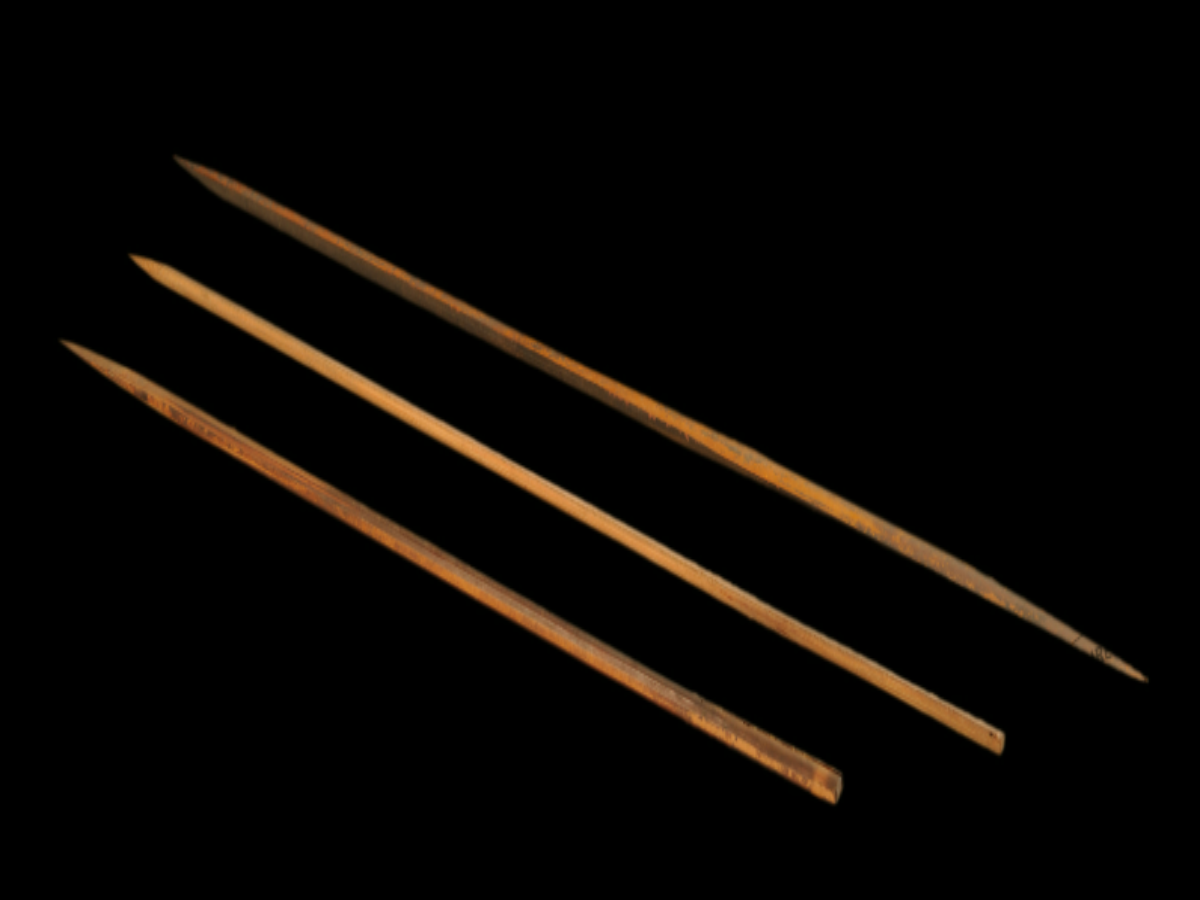State
Tribe Name
Art Type
short description
This tribe that is known both by its name and the name of the ethnic group, Khiamniungan Naga, mainly resides within the Noklak district of Nagaland and some parts of northwestern Myanmar. They have a very strong heritage of being warriors with their strategic warfare practices and forming a close relationship with the environment around them. Among many traditional defensive measures, the use of panjis-bamboo spikes-stands out as a simple and most effective way of safe-guarding villages against enemies.These bamboo panjis are actually long and slim spikes prepared out of tough bamboo-boasting skills as a readily available raw material of the dense green forest within the region.
Thumbnail

Filter Postion
Left
Filter Background
Off
Theme
Filter Header Image

content
Image

description
This tribe that is known both by its name and the name of the ethnic group, Khiamniungan Naga, mainly resides within the Noklak district of Nagaland and some parts of northwestern Myanmar. They have a very strong heritage of being warriors with their strategic warfare practices and forming a close relationship with the environment around them. Among many traditional defensive measures, the use of panjis-bamboo spikes-stands out as a simple and most effective way of safe-guarding villages against enemies.These bamboo panjis are actually long and slim spikes prepared out of tough bamboo-boasting skills as a readily available raw material of the dense green forest within the region.
Every spike has a sharply pointed upper part causing an injury and a lower part circular and blunt enabling easy handling and security embedding into the earth. These spikes were set carefully in either grass, trails, or entry points around the village, creating passive but deadly barriers to intruders. Such strategic placements of these panjis within the soil were aimed at slowing down or injuring raiding enemy forces, thus giving the Khiamniungan warriors a tactical advantage in war or raiding circumstances. This technique of protection aptly demonstrates the ingenuity and resourcefulness of the tribesmen, coupled with an indepth understanding of guerrilla tactics long before modern warfare tools emerged. Currently, while the use of panjis has become obsolete as inter-village conflicts waned, these now remain cultural artifacts, representing the wisdom of defence and survival of the Khiamniungan people.
Every spike has a sharply pointed upper part causing an injury and a lower part circular and blunt enabling easy handling and security embedding into the earth. These spikes were set carefully in either grass, trails, or entry points around the village, creating passive but deadly barriers to intruders. Such strategic placements of these panjis within the soil were aimed at slowing down or injuring raiding enemy forces, thus giving the Khiamniungan warriors a tactical advantage in war or raiding circumstances. This technique of protection aptly demonstrates the ingenuity and resourcefulness of the tribesmen, coupled with an indepth understanding of guerrilla tactics long before modern warfare tools emerged. Currently, while the use of panjis has become obsolete as inter-village conflicts waned, these now remain cultural artifacts, representing the wisdom of defence and survival of the Khiamniungan people.
Image Mode
landscape
promoted
On
Verified
Off
